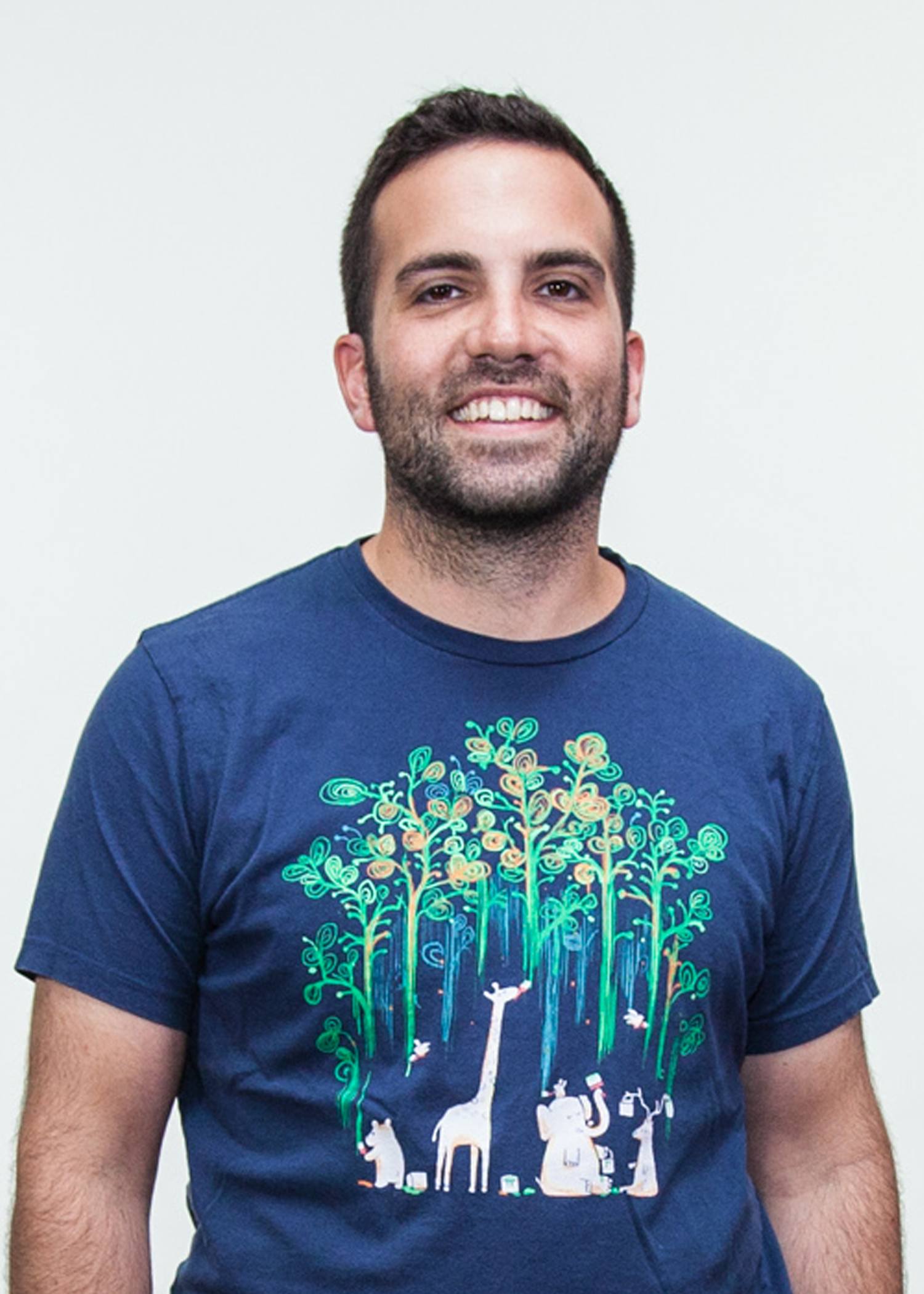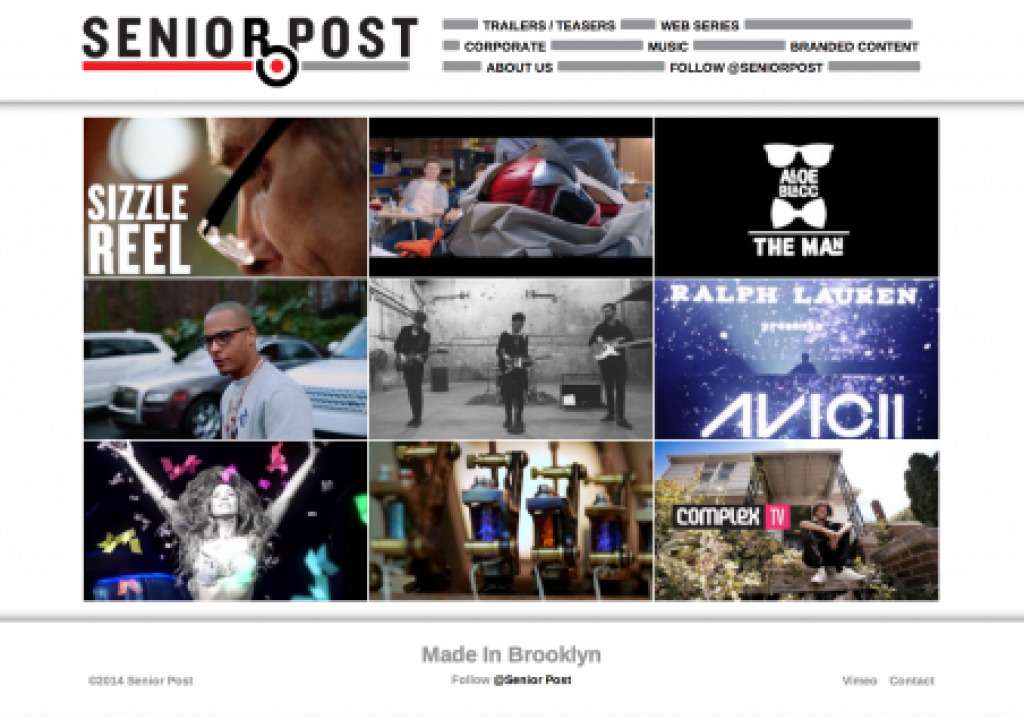
ProVideo Coalition: A lot has changed since we talked back in September. How have thing developed with your company?
Josh Senior: Yes, things have certainly changed! Since we last spoke, Senior Post has grown both our post and production businesses. We are coming on board earlier in the production process, and staying with projects longer as we further develop our color and post sound services. Extending the life cycle of our involvement has enabled us to dial in our post editorial work even further, and we’ve grown that team as well. To accommodate this growth, we have had to make some adjustments and enhancements to our workflow.
You're quoted as saying that your expertise and future is as a web video post‐production house. In what ways does web content different from traditional video content?
I’m not sure what traditional video content is anymore. In the past, I would say that the difference between web content and traditional video content was quality and audience. With so much amazing content online, that’s not a distinction I can make. People will watch what is accessible, interesting, and engaging. For us, we are finding that content on the web, and betting that most other people will as well.
What's one of the challenges that you keep running into?
A challenge we keep running into, aside from chasing the occasional check, is how to create a higher level product with less resources. It’s no secret that people spend less money creating video online than they do on television. Still, we want to create work we are proud of, and believe that with a little creativity and strong story telling, this can be achieved.
Have the expectations of clients changed now that there are so many more avenues and ways for them to showcase their content?
Yes. Absolutely. I have noticed two major themes about the expectation of online video: the possibility of going viral, and the hope of reaching the core niche audience directly. Rather than seeking out a broad demographic, the most specific audiences are able to find and engage with stories and content for the brands they love. Not only that, they can enter a dialogue. The conversation seems to be the ultimate exchange, and that clients are engaged in the conversation is exciting. Nobody likes a one-way conversation.
Has working with Adobe CC changed the way you approach or complete a project? Or even the way it is produced?
Adobe CC is great for us. It’s accessible and comfortable, and the workflow is intuitive. The onboard time for new editors is very fast, and our motion graphics team can integrate after effects right into our premiere timelines. Currently, we’ve shifted from mostly DSLR work to a mix of more cinema style cameras as well. CC is actually better for us when we use higher end cameras, especially when it comes to post finishing. Having said that, the best part of Adobe CC is that there are so many frequent updates. When we encounter a bug, within a few days it’s usually fixed. Much like the dialogue our clients hope to enter into with the content they showcase, as a client ourselves we enjoy being able to speak to the team that produces the software we use and figure out how to make it work best for us.
Storytelling is our primary focus. Everything else we do is in support of telling great stories. I don’t think this is unique to our industry, but process in general can be very distracting. The amount of variables and moving parts in the creation of a piece of content are astronomical. Before an edit begins, so many choices about the story are made, whether they are intended or not. What we are focusing on in that regard is helping creators and ourselves make those choices intentionally, and with the ultimate end product in mind. Rather than sitting down with a ton of footage and a list of ideas, we try and make as many choices as we can before we shoot anything. This helps us give clarity to our clients, and to solidify our production and post teams objectives. At the end of the day it doesn’t really matter what the medium is, storytelling is a platform agnostic process.
Tell us about a couple exciting projects that you're currently working on.
This year has gotten off to a great start. We just finished coloring a feature length documentary on A$AP Rocky entitled SVDDXNLY. We've produced a series of live performance videos with the artist Aloe Blacc, a tour of T.I.'s car collection, spent a day indoor rock climbing with American Authors, and are working on three tour documentary pieces; taking you behind the scenes for Miley Cyrus, Demi Lovato, and Imagine Dragons' respective world tours. On the latin side, we've just released a short behind the scenes for a Wisin music video featuring Jennifer Lopez and Ricky Martin. We're producing an instagram ad campaign and lookbook for the fashion line Carrie Hammer. We are also providing post production for a couple of short web commercials for Ford. We recently finished a trailer for a fun short film entitled 'Secondary Education', a few music videos, and we are working on a lot of original content. We've started releasing monthly recaps on instagram (@seniorpostny), and do our best to keep our website (www.senior-post.com) up to date.
Any advice you can give to professionals about their workflow or who find themselves stuck in “hurry up and wait” mode?
The best advice I can give professionals about workflow is to spend time wisely. Hurry up and wait is a symptom of creating content. My latest strategy is to stagger my projects time frames and due dates, this way whenever I’m in a holding pattern for one project I can pick up with another. Having personal or passion projects that aren’t tied to deadlines is essential. Not only for occupying down time, but for peace of mind and creative development. We often are lulled by pattern and routine. Having more experimental and open ended projects in the mix keeps things fresh.

